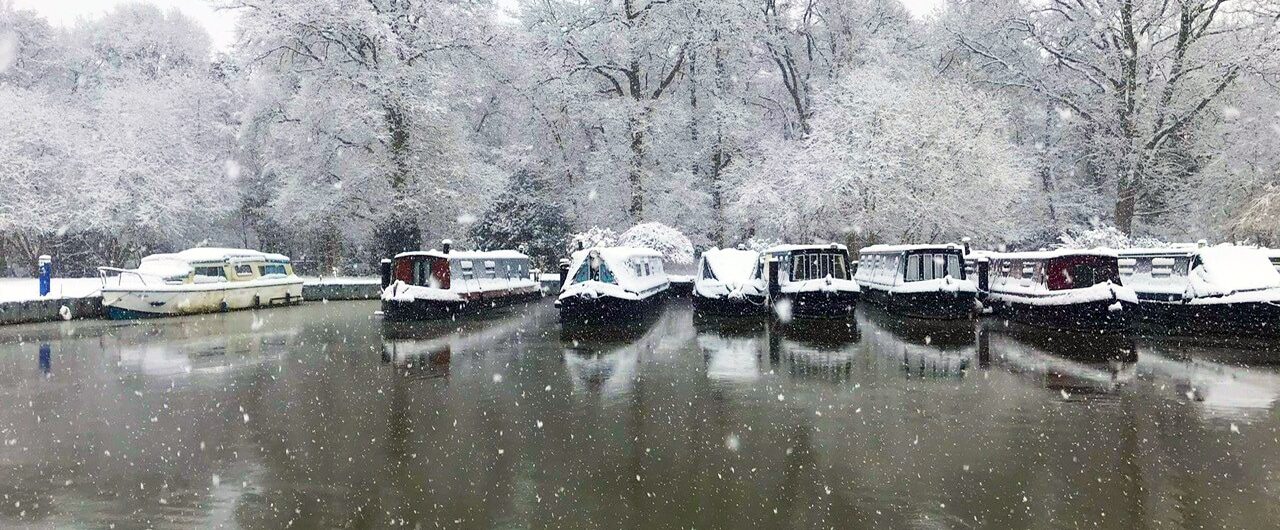
-
Marinas
About our Marinas
Tingdene Privilege
Activities & Facilities
How much to berth my boat?
Berthing CalculatorTake a look around
Book a tour -
Boat SalesBoats for Sale
Tingdene Favourites
Jeanneau Merry Fisher 695 – The Barracuda
Full detailsRodman Sprint 31 Hardtop OB – Moonlight Shadow
Full details - News
- About Us
- Contact Us







